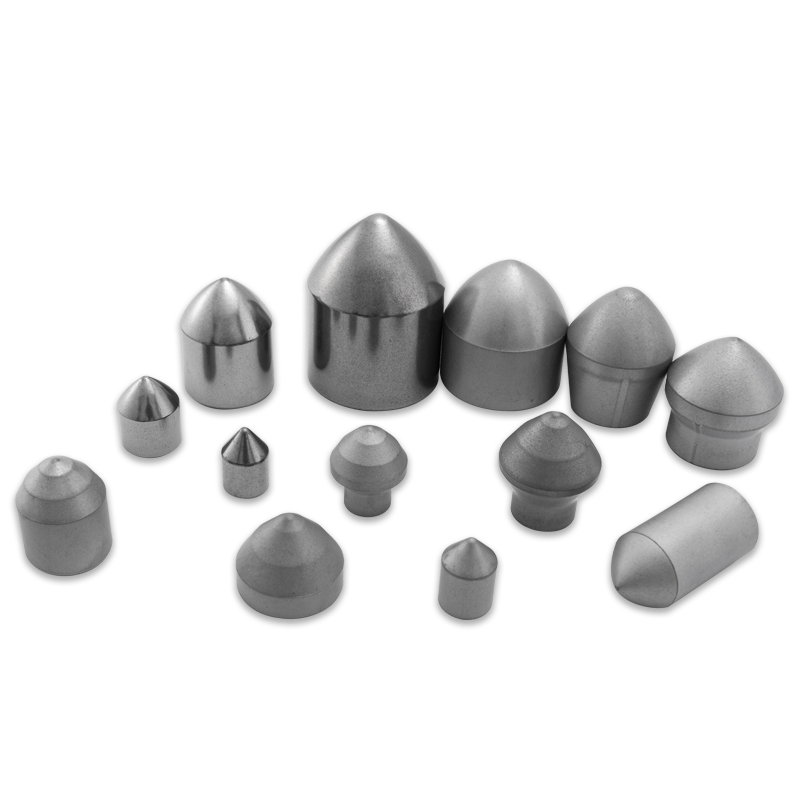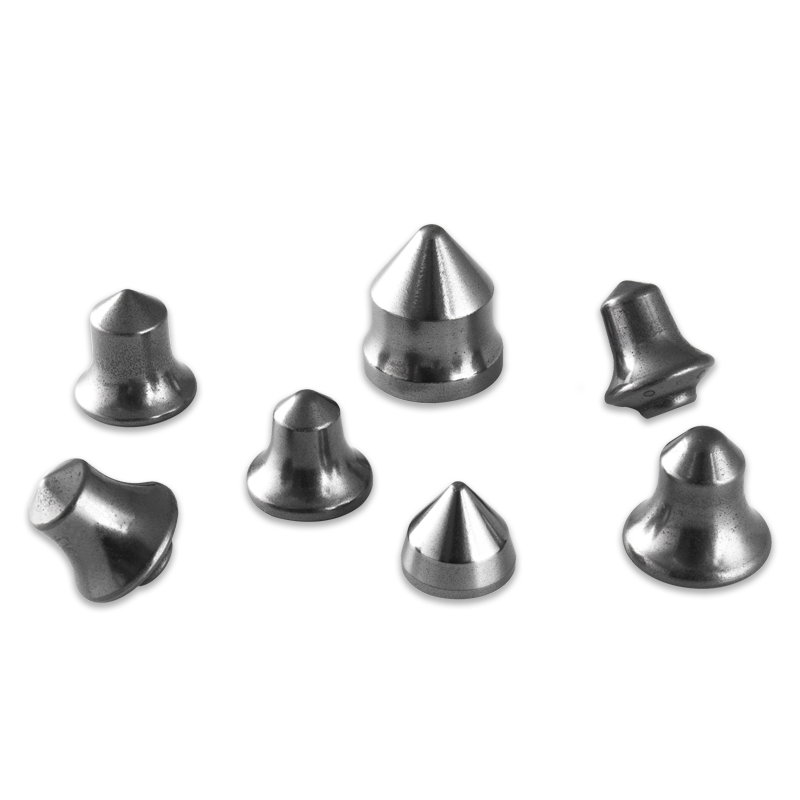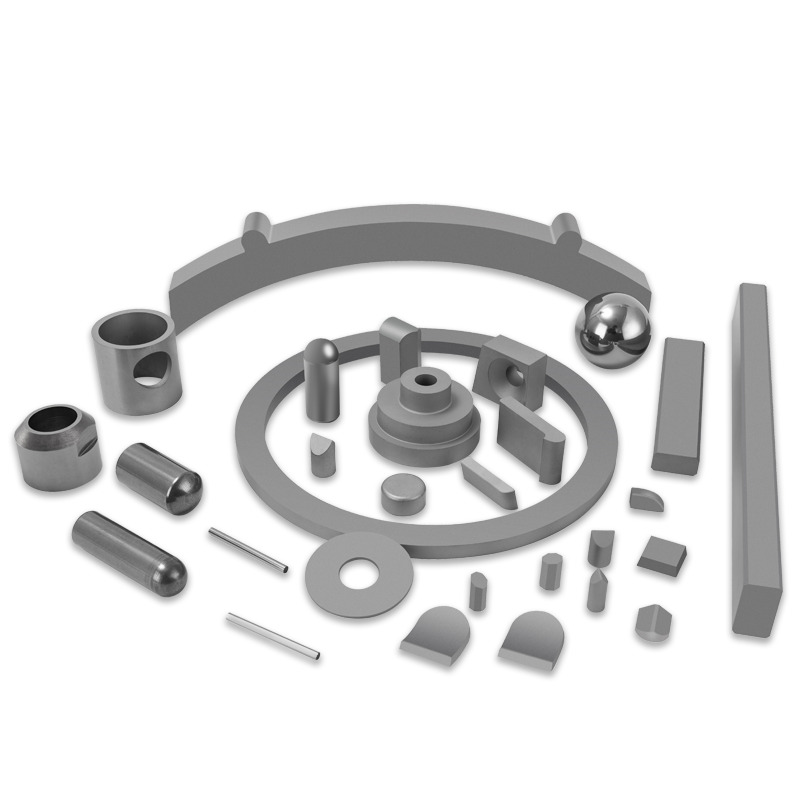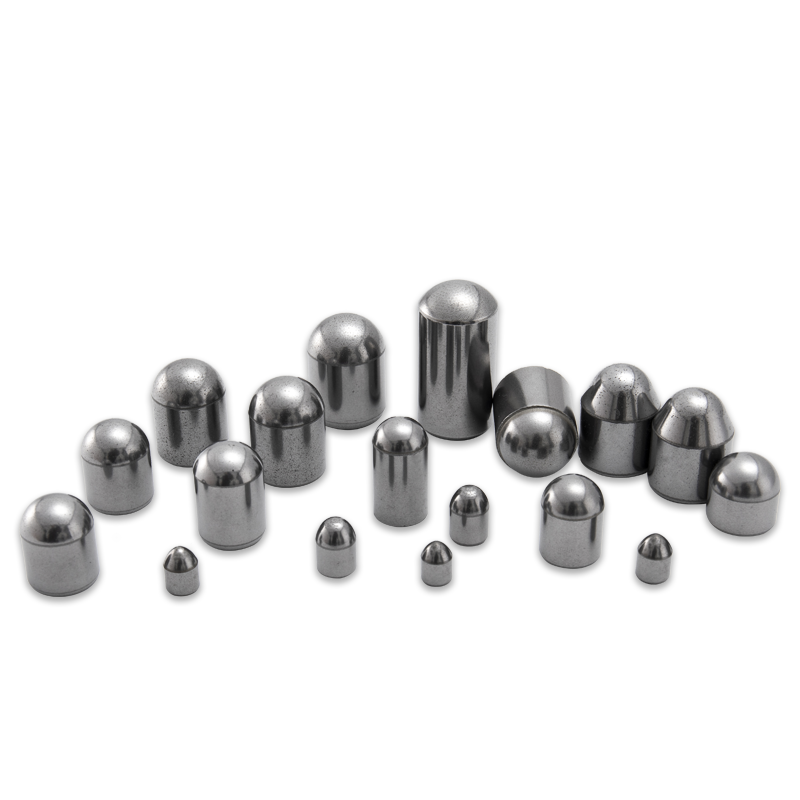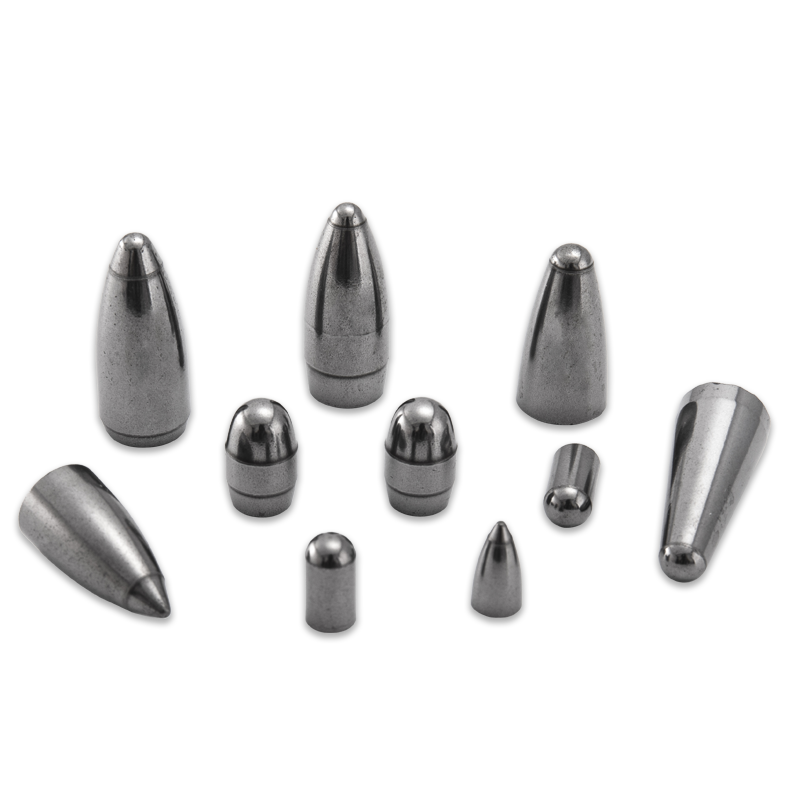The Unsung Heroes: Tungsten Carbide Inserts for Tunnel Boring Machines
Industry News-Tunnel Boring Machines (TBMs) are colossal feats of engineering, essential for creating the subterranean arteries of modern infrastructure, from transit systems to utility conduits. At the cutting edge of these immense machines lies a critical component whose performance dictates the speed, efficiency, and longevity of the entire tunneling project: the Tungsten Carbide Inserts for Tunnel Boring Machine cutter heads. These small, yet immensely strong, materials are the unsung heroes battling the fierce geological challenges underground.
The Role of Tungsten Carbide in TBM Cutter Heads
A TBM cutter head is equipped with numerous disc cutters, which exert extreme pressure and rotation to fracture and break up the rock and soil. The essential material allowing this grueling task to be accomplished is tungsten carbide ($WC$). This composite material, formed by a metallic binder (typically cobalt, $Co$) matrix bonding tungsten carbide particles, possesses a unique combination of properties vital for tunnel boring:
- Exceptional Hardness: Tungsten carbide’s hardness, rivaling that of diamond, allows it to effectively crush and abrade hard rock formations.
- High Compressive Strength: It can withstand the immense forces generated by the TBM as it pushes forward against the tunnel face.
- Superior Wear Resistance: The high resistance to abrasion ensures a prolonged operational life, reducing the frequency of costly and time-consuming cutter changes.
The specific geometry, grade, and arrangement of the Tungsten Carbide Inserts for Tunnel Boring Machine cutters are meticulously engineered to match the predicted geological conditions, ensuring optimal penetration and minimized energy consumption.
Design and Performance Considerations
The effectiveness of TBM inserts is highly dependent on several design factors:
- Grade Selection: Different tungsten carbide grades, varying in their cobalt content and grain size, are selected based on the rock type. Lower cobalt content offers maximum hardness for very hard, abrasive rock, while higher cobalt content provides greater toughness for fractured or mixed-face conditions, resisting impact and chipping.
- Insert Shape: Inserts come in various shapes (e.g., conical, spherical, chisel) to optimize performance against specific rock properties. Spherical inserts, for example, offer high wear volume, while conical shapes aid in deeper penetration.
- Manufacturing Quality: The integrity of the metallurgical bond between the tungsten carbide particles and the cobalt binder is crucial. High-quality sintering and Hot Isostatic Pressing (HIP) processes are used to eliminate porosity and maximize the material’s strength and toughness, thereby enhancing the durability of the Tungsten Carbide Inserts for Tunnel Boring Machine.
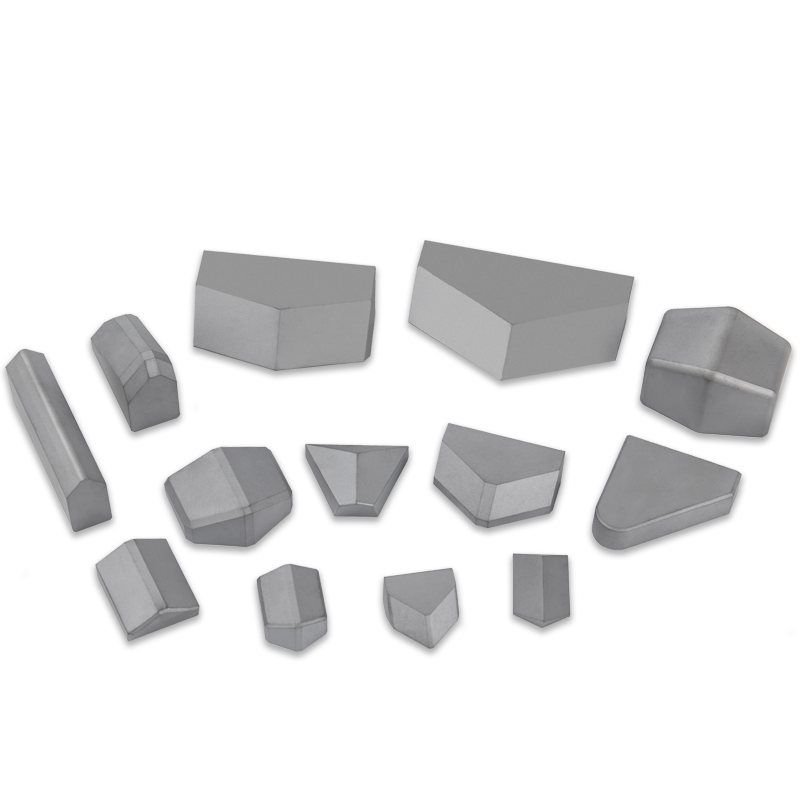
In challenging environments, such as highly abrasive quartzites or mixed-face tunneling, the lifespan of these inserts is paramount. Premature wear leads to increased cutter head rolling resistance, higher thrust requirements, and a significant slowdown in advance rate, often necessitating risky and expensive cutter change interventions under pressure.
Future Trends and Innovations
As tunneling projects become more complex and longer, the demand for even more resilient and efficient Tungsten Carbide Inserts for Tunnel Boring Machine technology is driving continuous innovation:
- Improved Grades: Research focuses on developing new binder phases and coating technologies to further boost wear resistance without sacrificing toughness.
- Enhanced Bonding: Techniques to improve the stress-bearing capability of the insert-to-steel-ring bond are essential to prevent premature insert loss.
- Digital Monitoring: The integration of sensors on TBM cutter heads allows for real-time monitoring of insert wear and temperature, enabling predictive maintenance and ensuring optimal operational parameters are maintained.
In summary, the sophisticated metallurgy and design of Tungsten Carbide Inserts for Tunnel Boring Machine cutters are foundational to the success of modern tunneling. They embody the critical intersection of materials science and mechanical engineering that allows civilization to expand its reach beneath the surface.


 English
English русский
русский